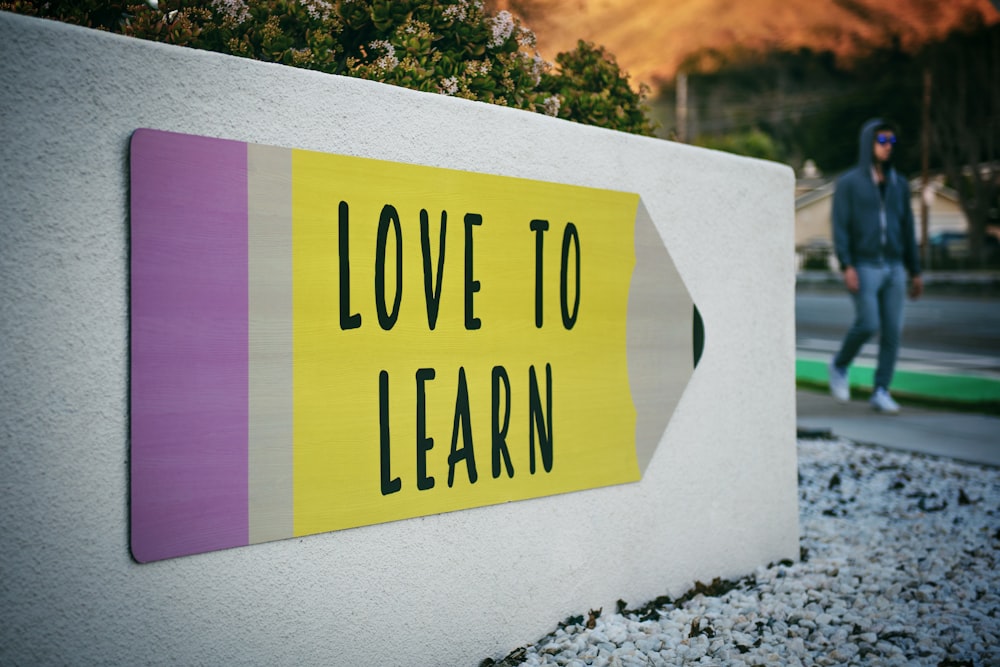Finland has the Best Education System in the World
Finland has the best education system of the world
Aqsa Mushtaq Dated: 29 July 2020
Getting an education has always been our basic need, the word “Iqra”, which means ‘to recite’, is also mentioned in the Holy Quran. We have also been told that if we have to go to China to get an education, even then we should do that.
Education is necessary even if one has to undertake long journeys and other hardships. “Seek knowledge from the cradle to the grave” is a famous saying for getting an education. There is no age limit to learning, education makes us more capable to perform better in all walks of life. Every country strives to provide the best education to its people but the schools of Finland have been outperforming the schools of all the developed nations.
Finland Education System is best in the World; Watch the video
Finland schools don’t compromise on the selection of teachers. To become school teachers, university students have to attend the teacher’s training school while studying. Master’s Degree is required for the posts of a subject teacher or class teacher. Students study theory and perform practicals the same way as medical students do house jobs while studying MBBS in our country.
In Finland, to improve interactions between students and teachers, the teachers stay with the students for about 6 years, one teacher continuously remains their class-teacher throughout this period; and their first examination also takes place after 6 years.
In Finland, the teachers help in developing the thinking skills of the students, build their self-confidence, and provide maximum counseling. Teachers choose their way of teaching, they are never made bound to act in a specific way while teaching.
In some countries, inter-school contests are held and the winning schools are listed as the top schools of the area or country. This does not happen in Finland. Students are not encouraged to compete with each other, the country's education system focuses on quality education on equality basis and all students are taught together in the same way.
Children are not enrolled in schools before the age of 7, and compulsory education is provided to them till the age of 16 when they are in grade 9. After this, the students themselves decide about their higher secondary education.
The school timings are usually 9 am to 2 pm or 9:45 to 2:45; after each period, a break of 15 minutes is given to the students and another hour is granted for lunchtime, in this way, the students are given maximum care at government schools. Similarly, the teachers also have their recreation rooms; after long periods of study, the teachers and students are provided with a relaxing environment.
The basic education is free of all costs and books and stationery is also provided for free. The students get good quality and a balanced diet in the schools. They can also get psychological counseling and, if needed, they get speech therapy too. Students get a very small amount of homework.
The concepts of different subjects are explained to the students in a very friendly environment. For the comfort of students, the sitting arrangement of classrooms has also been changed; instead of traditional classrooms, the students study in open space, at lake-side view locations with colourful seating and portable screens in a modern way. The headteachers or principals can change the setting of the classrooms the way they like. When the students enter the school, they change softer school shoes, the majority of students wear just socks.
In Finland, the teachers are highly respected and enjoy the same status as that of doctors and engineers in any country. Finnish schools pay more attention to the creativity of their students. After passing the 9th or 10th grade, a vocational course is conducted for the students by the education ministry. In this course, the students are taught how to do business practically. Students are taught about business skills both in schools and in the vocational training program.
If we summarize the key points of Finnish schools' successful education system, that will be:
⦁ 15 minutes Breaks after each period and hour-long lunch-break
⦁ Open-space classroom plan
⦁ Conceptual and practical learning
⦁ Students-friendly and Teachers-friendly environment
⦁ Enrollment after 7 years of age
⦁ Free basic education with the provision of quality food and school-supplies.
Watch videos on various topics of news, stories and other topics around the globe.




What a mature writing
ReplyDeleteso nice of you for such a comment
Delete